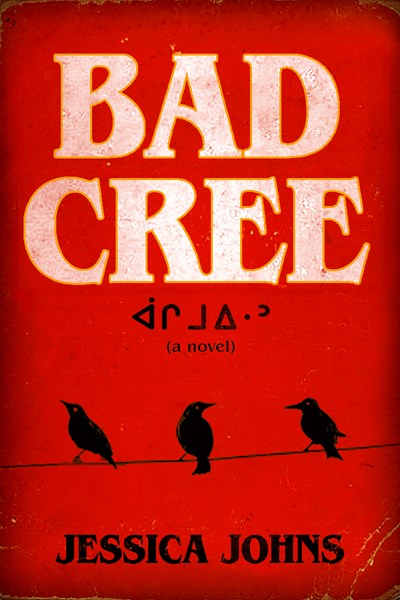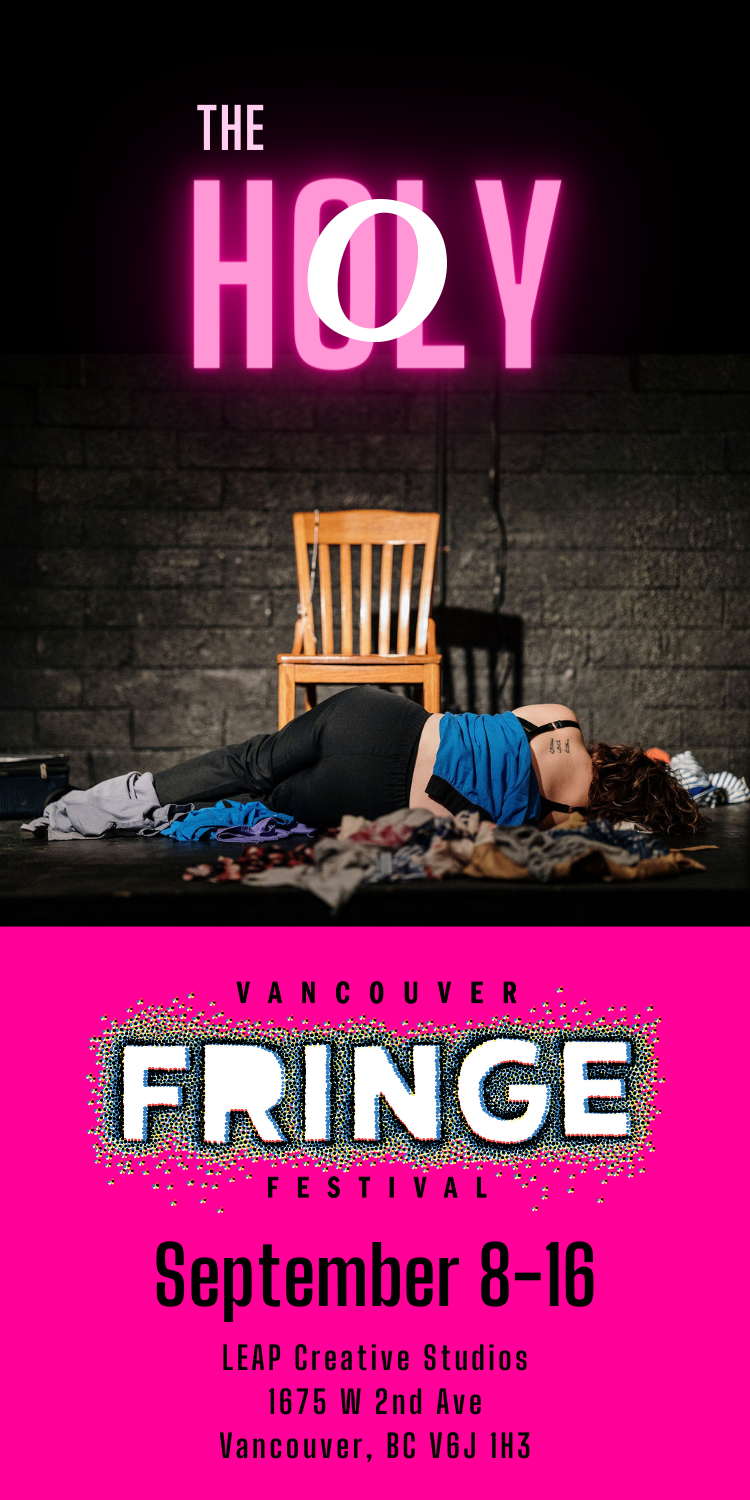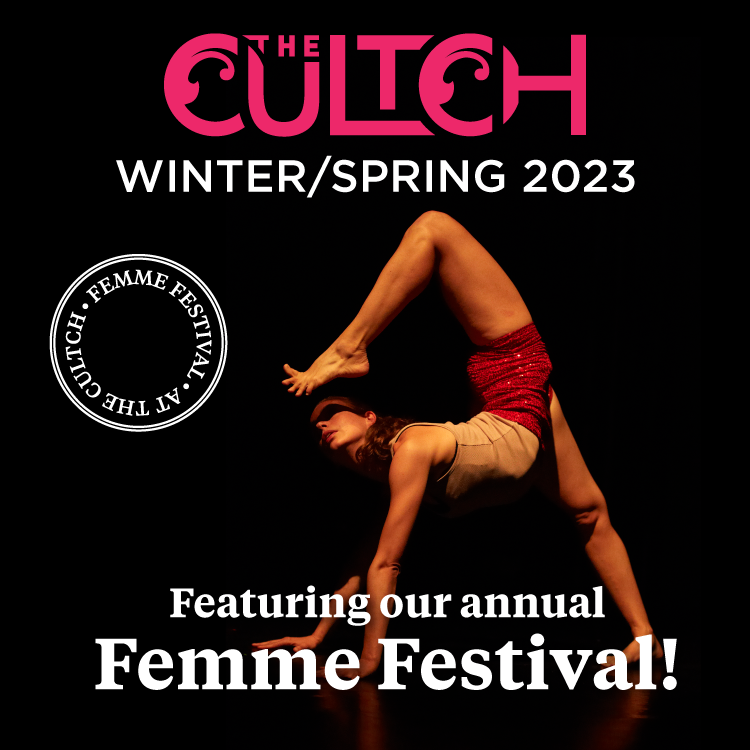Partly set in Vancouver, Bad Cree summons the past, present and the deep subconscious
Photo credit: Madison Kerr
By Alli Hayes
Bold red book covers can be seen from the display window right now at Chinatown’s Massy Books.
Released on January 10, Bad Cree is an eerie yet magical recounting of loved ones who have passed and the signs one may find in the past, present and in the dream realm.
Author Jessica Johns has set the bar high with a raw tale that stretches from our local Vancouver and across the mountains to High Prairie, Alberta. The protagonist is Mackenzie, a young Nêhiyawak who has relocated to Vancouver after the death of her kokum. Upon being in Vancouver, Mackenzie’s sister also passes away. Following this added trauma, she begins to bring back material items from her dreams–including the head of a crow.
John’s writing style proves to be raw, encapsulating character-defining memories of the protagonist’s kokum and other family members. As profound as it is in themes, it is just as equally satisfying to be immersed in its local setting as Johns uses the Musqueam landscape and nature to narrate the creeping horror on Mackenzie.
Loose Lips reached out to Jessica Johns to talk about her novel debut.

You have mentioned that this novel was years in the making, even longer in your head. What sparked your idea for Bad Cree?
The idea for Bad Cree started from a dream. I dreamed I could do what the protagonist in the story can: bring things back and forth from the dream world to the waking world. I loved this concept—it’s very A Nightmare on Elm Street-esque—and I couldn’t stop thinking about it.
How did you nurture the idea from the start until you finished the story?
Honestly, I didn’t have much of a choice. I was completing my MFA at UBC in creating writing and the classes demand you to turn out stories, poems, novel excerpts, essays and more (depending on the class). I was in a fiction writing workshop, and I started Bad Cree as a writing assignment. I got a lot of peer feedback on the story—some of it was helpful and some of it wasn’t—and that spurred me to refine the story and send it into Grain Magazine, where it was ultimately published.
How does it feel to be participating in local literature with this debut? Does this offer any feelings of nostalgia or otherwise?
I think it’s important to be engaged in the literary community (even if it’s a community you cultivate yourself), so I’ve been attending readings and workshops and publishing work for many years. The release of my debut has felt very different, though, in that it’s been such a whirlwind of love, support and attention. It’s really heart-warming to feel so held right now and I hope Bad Cree lives up to people’s expectations.
Dreaming is often said to be our deep psyche trying to communicate important things to us, in the form of symbols. What is your relationship with dreams?
For nêhiyawak, dreaming is a valid form of communication, world making and knowledge production. I’ve been taught my whole life to listen to my dreams, to interrogate them and to give them space in my waking life. It felt really important to communicate the validity of dreaming in Bad Cree.
Death, and deaths of loved ones often break down walls in ourselves in a powerful, spiritual way. Do you feel it can also lead us to a deep, inner search to fuel us, to grow?
I think grief and loss are some of the most real-life horrific things we can experience. It can really change people: how we live, how we think and how we move in the world. I think death can be transformative in many ways, and not always positive ways, but those transformations are profound.
You are a mushroom enthusiast. Life and death must be a fascinating lens over the mycelium network. What peaks your interest with fungi?
I love mushrooms! They are so exciting and interesting. So many things fascinate me about fungi, but maybe the most for me is the mycelium network. Mycelium works underground, connecting mushrooms to one another, to the earth and to the flora and fauna around them. Those connection points and the webbed nature of mycelium are really reminiscent of kinship relationships to me. As community members, we are connected to so many living and non-living things, we are in relationship to them, we are responsible to and accountable for each other. It’s so beautiful to me to see the complex system of mycelium replicated in human relationships.
You have a reading coming up at Massy Books for Bad Cree. Anything you can share to our readers about what to expect?
I have two events coming up in Vancouver! I am reading at a Vancouver Writers’ Fest event called Incite: Dazzling Debuts on January 25, and will be reading at a double-launch party with Emily Riddle (author of The Big Melt—a must read!) on January 27 at Massy Arts Society. People in attendance can expect me to talk about all things Cree, the power of aunties, and how women and femmes run the world.
Bad Cree is available to purchase now at Massy Books




